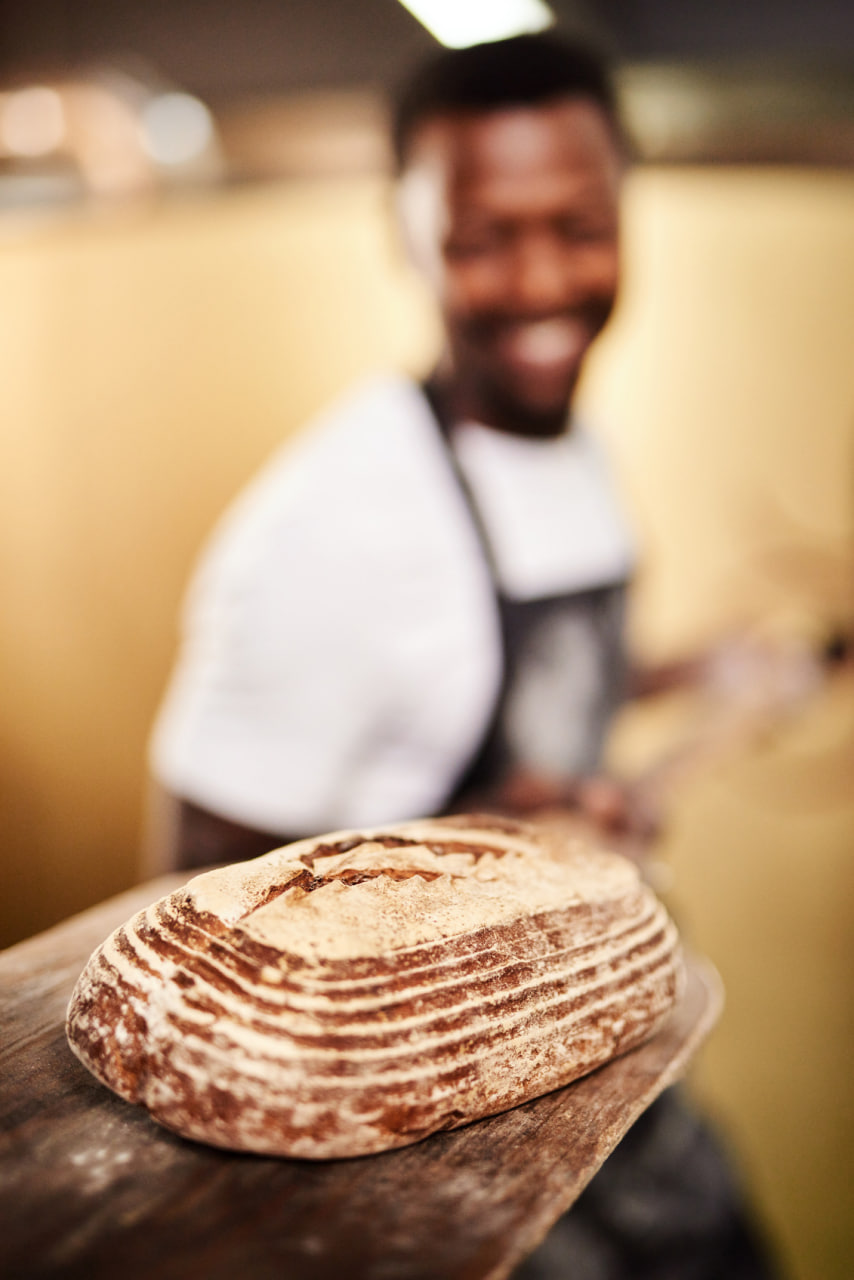Call us now:

One of the most common questions new sourdough bakers ask is: “How do I know if my starter is ready to use?” It’s a vital question because using an immature or weak starter can result in dense, underproofed bread with poor flavor and structure. Fortunately, your starter gives you several clear signs when it’s strong enough to do its job. You just need to know what to look for.
Understanding starter readiness begins with understanding its natural cycle. After each feeding, your starter enters a phase of fermentation where the wild yeast and lactic acid bacteria begin to consume the sugars in the flour. This activity causes gas production, which in turn leads to visible rise and bubbles. At its peak, your starter is at its most active — airy, fragrant, and full of life. This is the sweet spot for baking.
Visual cues are one of the first indicators. A ready starter typically doubles in volume within 4 to 6 hours after feeding at room temperature. If your starter consistently rises and falls in a predictable rhythm after each feeding, that’s a strong sign that the microbial community inside is well-established and healthy. A sluggish or inconsistent rise could mean it needs more time, more frequent feedings, or a warmer environment.
The texture also tells you a lot. A ripe starter should have a light, mousse-like consistency with visible bubbles throughout. When stirred, it should feel elastic and airy, not flat or runny. If it looks dense or lifeless, it may need more time to develop strength or a different feeding ratio.
A well-developed aroma is another good indicator. A mature sourdough starter has a pleasantly tangy, slightly fruity or yeasty smell. It shouldn’t smell harsh, rotten, or like nail polish remover. These off-putting odors are signs of imbalance or stress in the microbial culture, often due to underfeeding, contamination, or extreme temperature shifts.
Perhaps the most popular method for checking starter readiness is the float test. This simple test involves dropping a small spoonful of your starter into a glass of water. If it floats, it generally means the starter is sufficiently aerated with gas — a good sign of activity. However, this test isn’t foolproof. Overproofed or very wet starters might not float even if they’re viable. Conversely, a starter might float but still lack the strength needed for bread with a good rise. Use this as a helpful tool, not the sole measure.
Timing also plays a critical role. A starter may look ready at peak activity, but if it hasn’t been consistently fed for at least 5 to 7 days, it may not have the strength to leaven bread effectively. For new starters, it’s best to wait until you’ve seen at least 3 consecutive days of strong, predictable rise before baking. Rushing the process can lead to frustration and dense loaves.
Another helpful approach is to use your starter in a small test bake, like a pancake, muffin, or quick flatbread. These recipes are more forgiving and give you a chance to observe how your starter behaves in a real recipe setting. If the dough rises and develops good flavor, it’s likely that your starter is up for the challenge of a full sourdough loaf.
Ultimately, a ready-to-bake starter is the result of patience, consistency, and observation. By learning to read its behavior — how it looks, smells, and rises — you’ll begin to build the intuition that every great sourdough baker relies on. Trust the process, and don’t rush. A strong starter will reward you with loaves that are flavorful, airy, and full of life.
